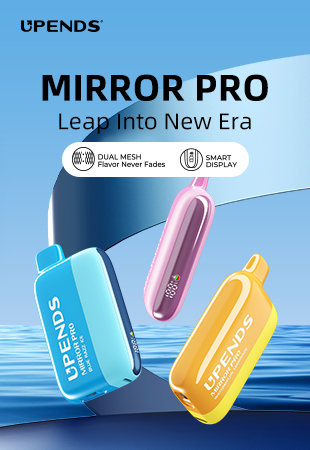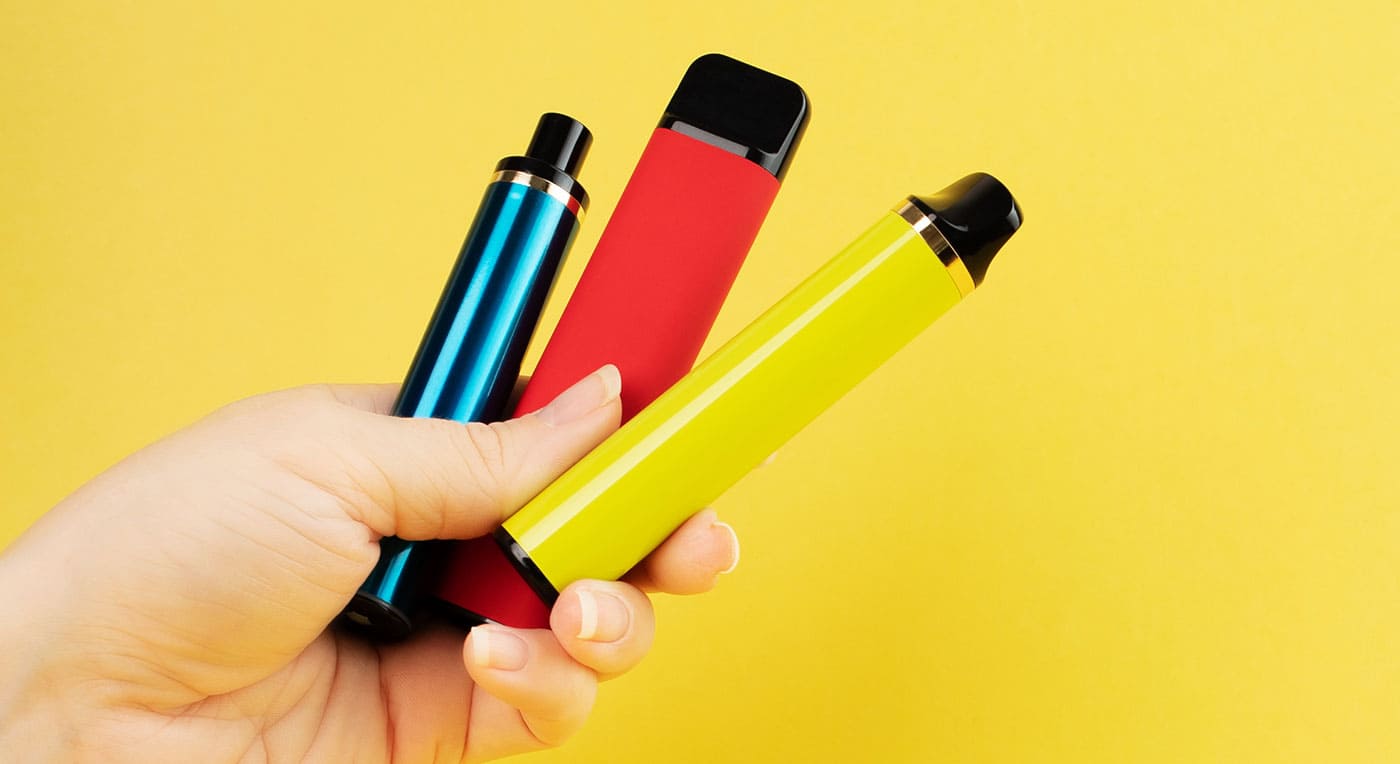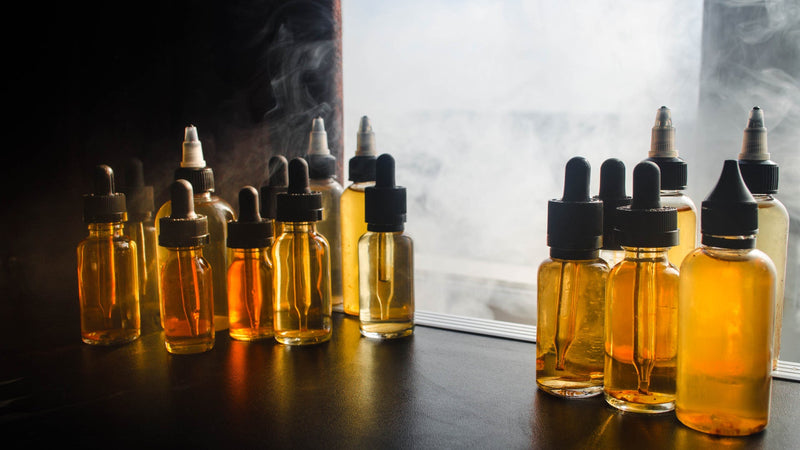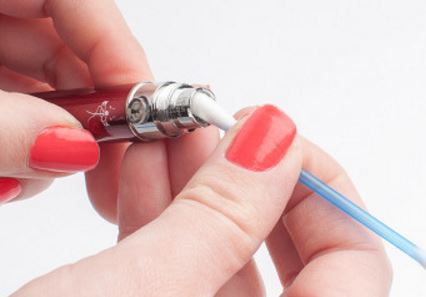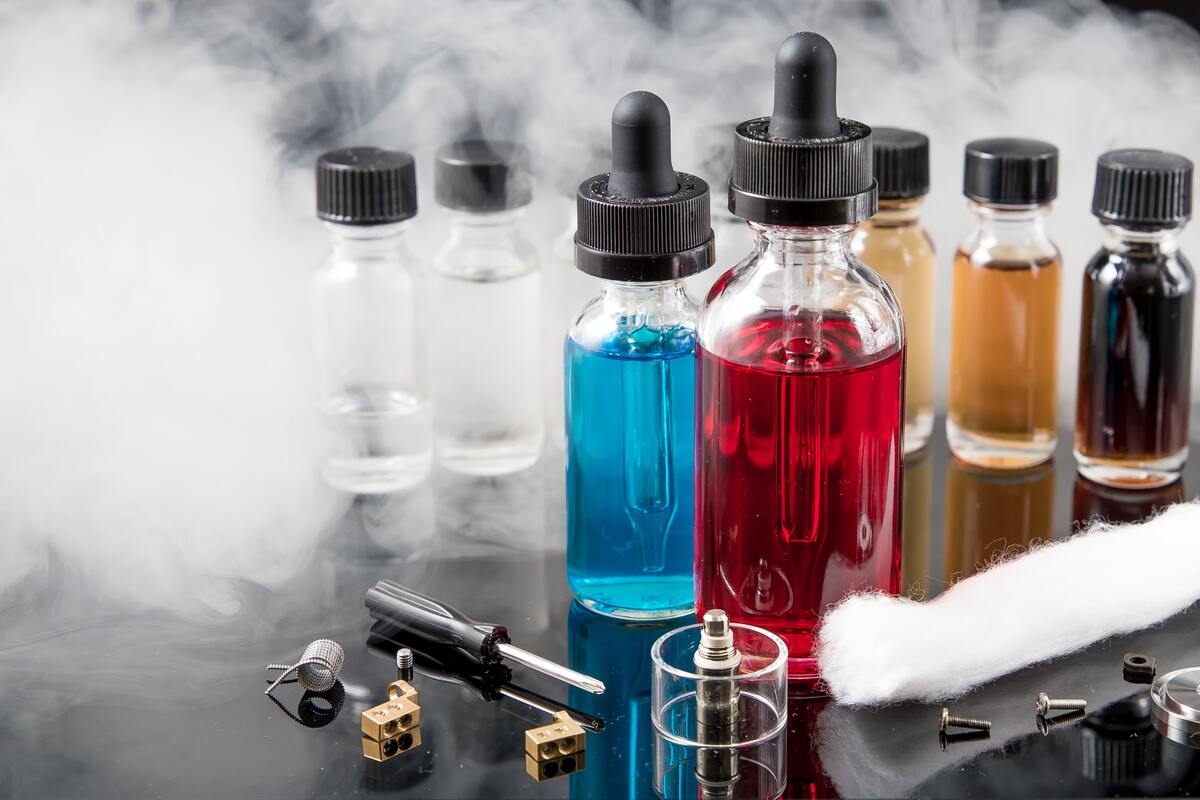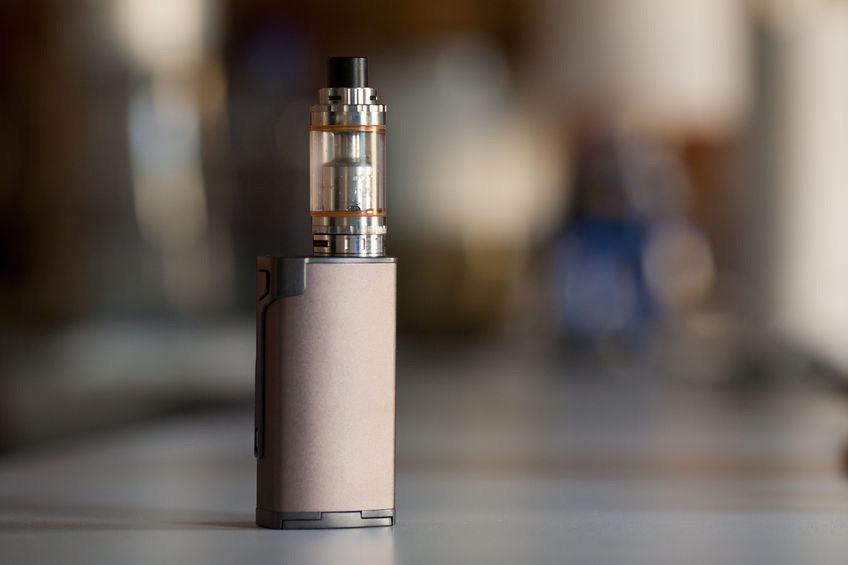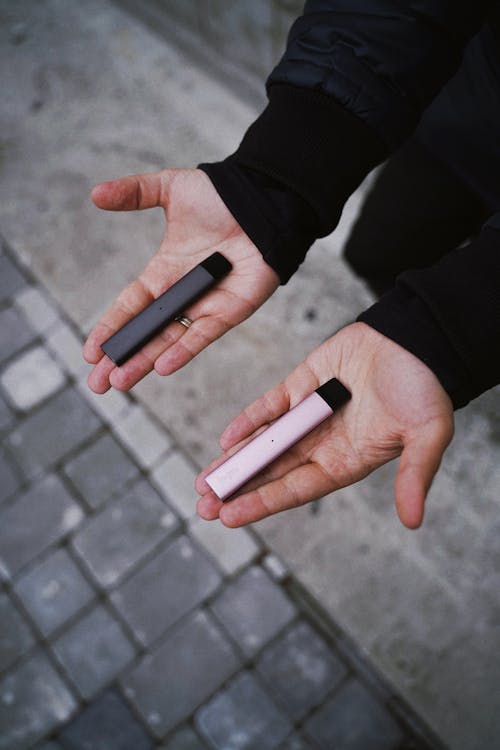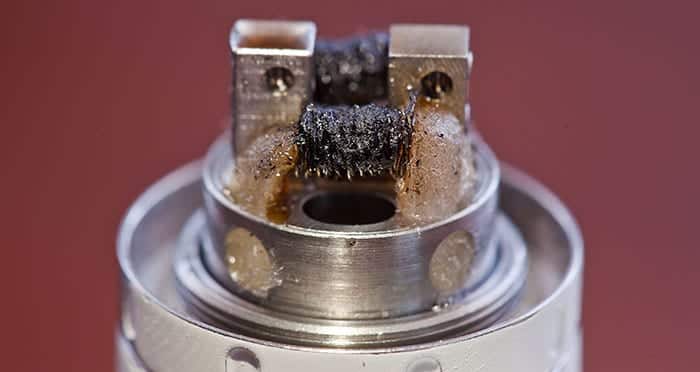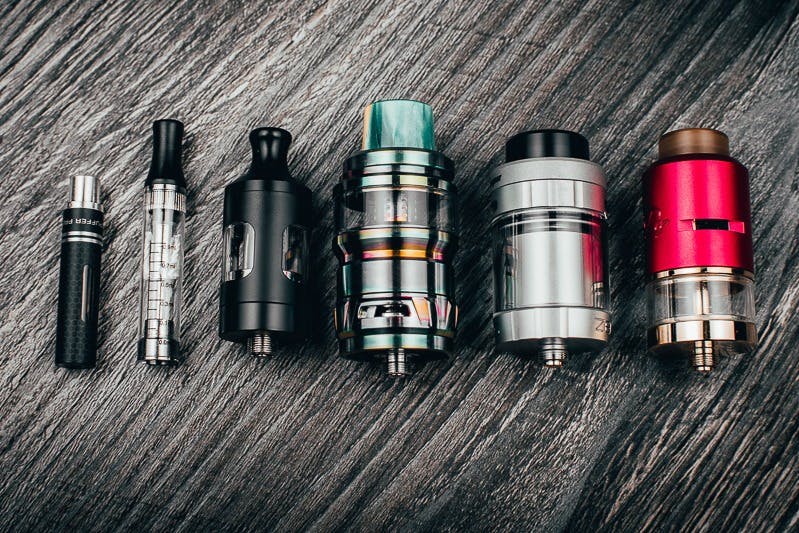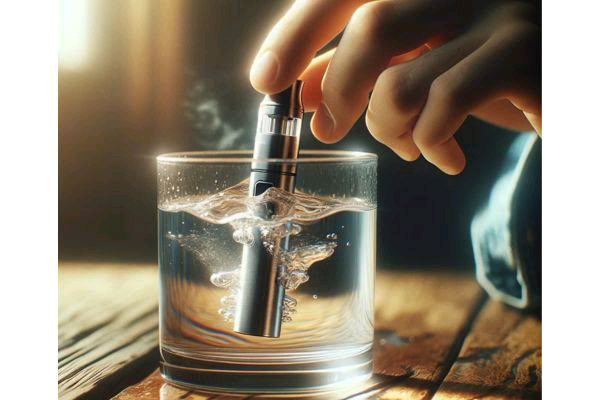
This question has been asked in many various forms. The popular usage of vapes today has brought about countless complications that require professional interventions. This article therefore answers many of the questions asked by experienced and new Vapers alike.
1. How to safely destroy a vape
When contemplating the safe disposal of a vape, it's crucial to adopt eco-friendly practices. Breaking pods should be averted, as it poses risks to both the environment and safety. Instead, consider removing batteries if possible and delivering them to specialized battery recycling centres. The responsible disposal of batteries ensures proper recycling and minimizes environmental impact.
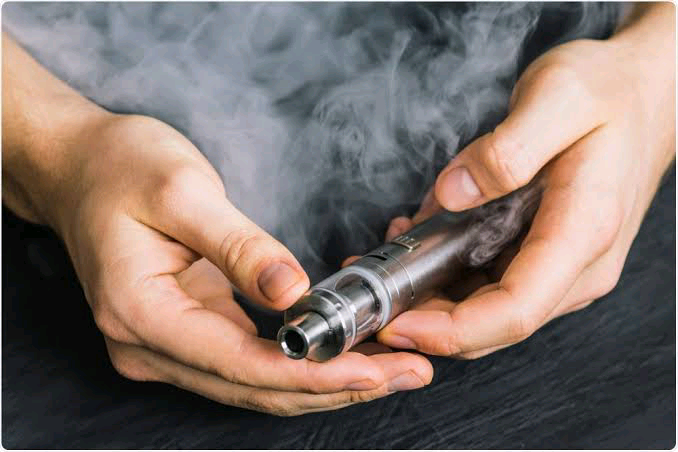
If the vape doesn't allow for battery removal, reaching out to local electronics recyclers becomes imperative. However, not all recyclers accept entire devices, so verifying their policies beforehand is advisable. Before discarding, ensure the complete evacuation of any lingering fluids within the device, contributing to a safer and more environmentally conscious disposal process.
2. What happens if you put water in your vape?
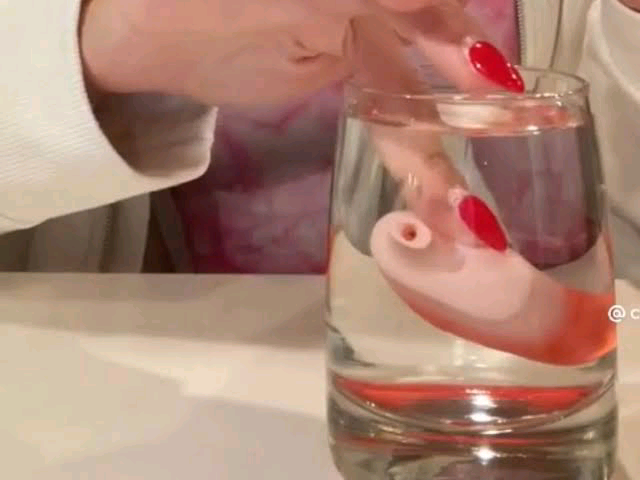
The notion of introducing water into a vape device might cross one's mind, perhaps as a misguided attempt at cleaning or an experiment gone awry. However, this practice is fraught with dangers. Water, with its lower evaporation temperature compared to e-liquids, leads to the production of boiling water and steam when vaporized by most devices. Inhaling such substances can be hazardous to health.
Moreover, vape devices are meticulously designed for the viscosity of e-liquids. The intrusion of water can permeate the device, causing damage to the internal components. This underscores the importance of understanding the limitations of your device and refraining from experimenting with substances outside its design parameters.
3. How do you kill a disposable vape?
Disposable vape pens, while convenient, are not exempt from their limitations. Overindulgence in quick, successive puffs can expedite the demise of these seemingly trusty companions. The notorious burnt flavour that often signals the end of a disposable vape's life is primarily attributed to chain vaping, a practice akin to chain smoking.
To maximize the lifespan of disposable vapes, moderation in puffing frequency is key. Allowing for sufficient pauses between puffs permits the wick to absorb the e-liquid adequately, preventing premature dryness and subsequent burning. Being mindful of one's inhalation habits can significantly contribute to a more prolonged and satisfactory disposable vape experience.
4. How a vape gets burnt out
Experiencing burnt hits with a vape is a common frustration, often linked to the frequency of puffing. When users engage in rapid, continuous puffing, the wick within the device doesn't have ample time to absorb the e-liquid adequately. This results in the wick drying out and subsequently burning, culminating in the unpleasant taste associated with burnt hits.
Avoiding burnt-out scenarios involves adopting a more measured approach to vaping. Implementing deliberate pauses between puffs allows the wick to remain adequately saturated with e-liquid, mitigating the risk of dryness and burning. This simple adjustment in vaping habits can significantly enhance the longevity and overall enjoyment of the device.
5. What Happens if You Drop a Vape in Water?

Accidentally dropping a vape in water is an all-too-common mishap, yet the repercussions can be dire for the device. Water and electronic components are an incompatible mix, posing threats of short circuits and corrosion. Understanding the steps to take immediately following such an incident can be crucial in potentially salvaging the vape.
The initial reaction to dropping a vape in water should be swift removal from the water source. Unless the device boasts specific water-resistant features, moisture will swiftly infiltrate its interior. This moisture can lead to two primary issues: the potential for a short circuit due to impurities in the water-conducting electricity and the long-term problem of corrosion, which may manifest weeks or months later, compromising the device's functionality.
To address these concerns effectively, three essential steps should be taken:
Swift removal from water to mitigate water ingress.
Avoid attempting to use the device to prevent a potential short circuit.
Thoroughly remove water from both the interior and exterior of the device.
This process necessitates disassembling the vape as much as possible to facilitate airflow and expedite the drying process. While these steps offer a glimmer of hope, success in salvaging the device depends on the extent of water exposure and the timeliness of intervention.
A Water-Resistant Solution:
In recognition of the inevitability of accidents involving water, some vape kits now integrate water-resistant features. Notably, the Innokin Adept Zlide kit adheres to the IP67 standard for ingress protection. This certification signifies the device's ability to endure immersion in up to a meter of water for up to 30 minutes. The Innokin Adept vape mod goes a step further by being impervious to dust, providing unparalleled protection against environmental elements.
By utilizing a device with water-resistant properties, vapers can alleviate concerns related to accidental water exposure. These advancements in technology ensure that even if a device is momentarily submerged, its functionality can be preserved, allowing users to continue enjoying their vaping experience without fear of water-induced damage.
Effective Steps in Resurrecting a Water-Soaked Vape:
In the unfortunate event of a vape taking an unexpected dive into the water, swift and deliberate action can potentially revive the device. The following steps outline a systematic approach to mitigate damage and increase the likelihood of a successful resurrection:
Immediate Removal and Disassembly: Upon retrieving the device from the water, swift removal of batteries (if applicable) and disassembly of removable components, such as tanks or pods, is paramount. This allows for better airflow and accelerates the drying process.
Thorough Water Removal: Employing paper towels to absorb surface water and blowing through the device to force water out of air intake holes are effective methods. For disposable vapes, these steps can significantly reduce internal moisture.
Desiccant Utilization: To eliminate residual moisture, placing the device in a container with a moisture-absorbing substance is recommended. Traditional methods involve using dry rice, but alternatives like silica gel packets, commonly found in electronic device packaging, can provide more efficient moisture absorption.
Fan Drying: An alternative or supplementary approach involves placing the vape in front of a fan for approximately 24 hours. The circulating air aids in the evaporation of water, expediting the drying process.
While methods like using rice have been popularized online, it's essential to consider potential drawbacks, such as rice particles obstructing airflow. Silica gel emerges as a more reliable alternative, known for its superior moisture-absorbing capabilities.
Conclusion:
In navigating the intricacies of safely disposing of vapes, understanding the repercussions of water exposure, and prolonging the lifespan of disposable and non-disposable vapes alike, vapers can enhance their overall experience. The evolving landscape of vape technology, with water-resistant features and innovative solutions for water-related accidents, reflects the industry's commitment to providing durable and reliable devices. By adopting responsible practices and staying informed about advancements, vapers can enjoy a seamless and enduring relationship with their chosen vaping devices.
FAQ
Q1: How should I safely dispose of my vape device?
A1: To safely dispose of a vape device, avoid breaking pods and, if possible, remove batteries for proper recycling. Deliver batteries to specialized recycling centres and consult local electronics recyclers for the entire device. Ensure all fluids are emptied before disposal.
Q2: What happens if water gets into my vape?
A2: Water in a vape poses risks as it vaporizes at a lower temperature than e-liquids, producing boiling water and steam unsafe to inhale. Additionally, vapes are designed for e-liquids, and water can damage internal components. It's advised to keep water away from your vape.
Q3: How can I extend the life of a disposable vape?
A3: Chain vaping, taking quick, successive puffs, is a common cause of a disposable vape's premature demise. To extend its life, practice moderation, allowing sufficient pauses between puffs for the wick to absorb e-liquid adequately.
Q4: Why do vapes get burnt out, and how can I prevent it?
A4: Vapes get burnt out when the wick doesn't have time to absorb enough e-liquid, leading to dryness and burning. Prevent burnt hits by avoiding rapid, continuous puffing. Take deliberate pauses between puffs to allow the wick to stay saturated and prevent premature burning.
Q5: What should I do if I drop my vape in water?
A5: If you drop your vape in water, promptly remove it, disassemble it if possible, and thoroughly dry both the interior and exterior. Avoid using the device to prevent potential short circuits. Consider utilizing moisture-absorbing substances like silica gel or placing the vape in front of a fan for 24 hours.
Q6: Are there vapes designed to resist water exposure?
A6: Yes, some vape kits, like the Innokin Adept Zlide, adhere to the IP67 standard for water resistance. These devices can tolerate immersion in up to a meter of water for 30 minutes, providing a safeguard against accidental water exposure.
Q7: Can I use rice to dry out a water-soaked vape?
A7: While rice has been traditionally used, it may not be the most effective method. Rice particles can obstruct airflow. Silica gel, commonly found in electronic device packaging, is a more efficient desiccant for absorbing moisture. Placing the vape in front of a fan is also a viable option.
Q8: Is it necessary to disassemble my vape after water exposure?
A8: Disassembling your vape after water exposure is advisable. Swift removal of batteries (if applicable) and removable components facilitates better airflow, expediting the drying process and increasing the chances of successfully salvaging the device.
Q9: Can I continue vaping after salvaging a water-exposed device?
A9: If successful in salvaging a water-exposed device, it's crucial to ensure thorough drying and the absence of moisture. Placing the device in a desiccant or front of a fan is recommended. Once dry, you should be able to resume vaping as normal, provided no short circuit occurred during the water exposure.
Q10: Are there alternative methods to salvage a water-soaked vape besides using rice or silica gel?
A10: Yes, placing the vape in front of a fan for approximately 24 hours can aid in moisture evaporation. Ensure proper airflow through the device's seams and openings. This method, along with desiccants, offers an alternative approach to drying a water-soaked vape.
About UPENDS: Elevating Your Vaping Experience
Welcome to UPENDS, where we use style and innovation to revolutionize vaping. Our goal is to unite vapers who value high-end experiences into a community. We've made this possible with our state-of-the-art GT Series.
The highest level of complexity and performance in vaping can be found in our GT Series. These goods have intuitive advancements, ergonomic comfort, and precision engineering. In order to guarantee consistency, satisfaction, and safety, quality is crucial.
Your route to a customized vaping experience is UPENDS. Choose from a variety of alternatives, such as chic accessories and elegant finishes, to express your personal style. For a more sophisticated vaping experience, come explore our GT Series, which includes the UPENDS GT Bar, and join our community of discriminating vapers.




